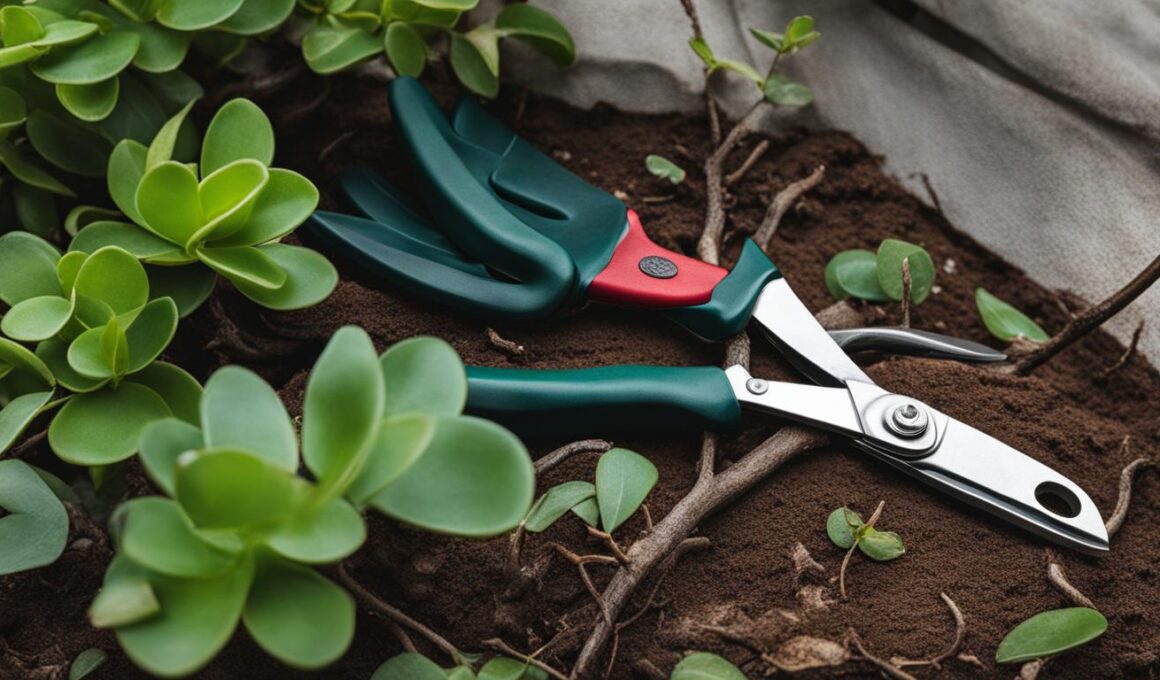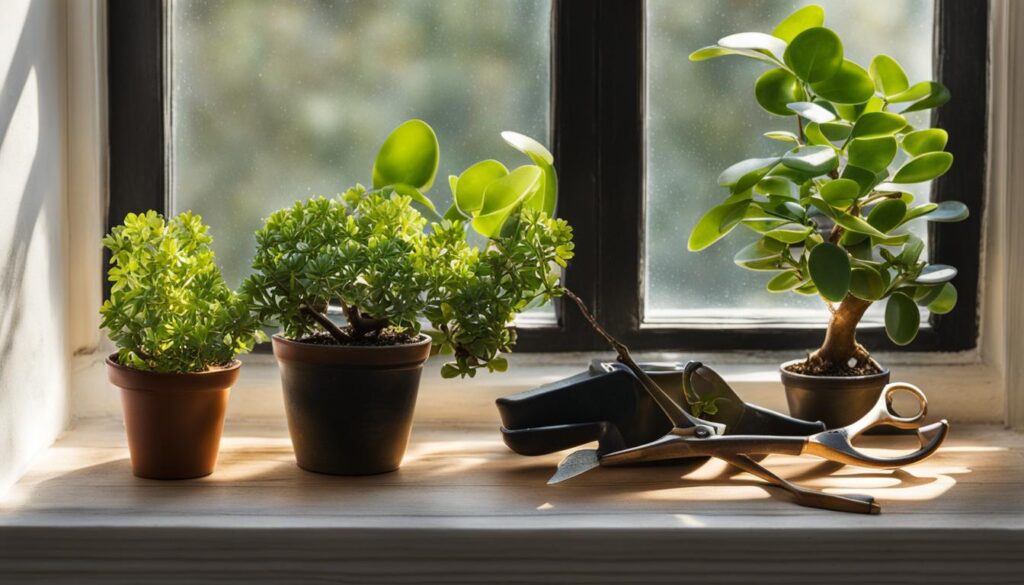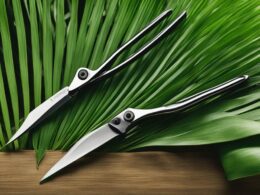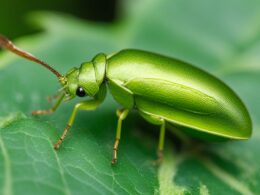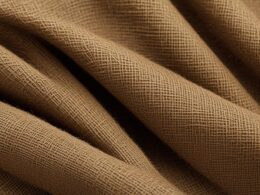Pruning jade plants is essential for maintaining their shape, promoting healthy growth, and ensuring their aesthetic appeal. While jade plants generally don’t require frequent pruning, there are certain situations where it becomes necessary. Pruning can help achieve a more regular growth pattern, denser leaf growth, propagate new plants, and address disease or pest infestations. It can also be done to shape the jade plant into a high trunk or a bonsai. The best time to prune a jade plant is in the spring before new growth begins, and it can be done all year round. The different pruning techniques include formation pruning, relief pruning, rejuvenation pruning, and pruning for propagation. It’s important to use clean and sharp tools when pruning, and to disinfect them to prevent disease transmission.
When and How to Prune a Jade Plant
Pruning a jade plant is an essential part of its care routine to maintain shape and promote healthy growth. Knowing when and how to prune your jade plant ensures its long-term health and aesthetic appeal. In this section, we will explore the best time to prune, different pruning techniques, and how to prune for propagation.
The Best Time to Prune
The ideal time to prune a jade plant is in the spring, just before it begins new growth. This timing allows the plant to recover quickly and stimulates healthy regrowth. Alternatively, you can prune your jade plant after it flowers to avoid accidentally cutting off any flowerheads. Pruning can be done throughout the year, but spring is generally the most favorable season.
Pruning Techniques
There are different pruning techniques that you can employ depending on your desired outcome.
- Formation Pruning: Use this technique to shape your jade plant according to your preferences. For upward growth, trim the side shoots by half. If you want outward growth, shorten the trunk by one-third.
- Relief Pruning: This technique is necessary when the branches of your jade plant start to droop. Cut these branches about three inches before the bend, preserving some pairs of leaves above the pruning site.
- Rejuvenation Pruning: Older jade plants with few leaves can benefit from rejuvenation pruning. Cut the old branches until they meet the trunk, and shorten sparse branches by about one-third. If possible, leave at least two pairs of leaves on each shortened branch.
These pruning techniques will help shape and revitalize your jade plant, ensuring its continued health and vitality.
Pruning for Propagation
If you’re interested in propagating new jade plants, pruning offers an excellent opportunity to do so. After your jade plant flowers, cut fresh branches at the end of the shoots to propagate. This technique allows you to expand your collection of jade plants while maintaining the health of your existing ones.
By following these pruning tips and techniques, you can ensure the best care for your jade plant and enjoy its beauty for years to come.
Growing a Jade Plant Into a Standard Tree or Bonsai
If you want to take your jade plant to the next level, consider growing it into a standard tree or bonsai. With proper pruning techniques, you can transform your jade plant into a stunning centerpiece for your home or garden.
To grow your jade plant into a standard tree, start by selecting a young plant with a strong and thick stem. Remove any old leaves and shoots from the lower part of the trunk to encourage upward growth. Regularly trim the tips of the shoots in the upper area to promote branching and a bushier appearance. It’s also important to stabilize the new tall trunk with a stick and clear the lower area of any sprouting shoots to maintain the tree-like shape.
If you prefer the elegance of a bonsai, regularly prune your jade plant to maintain the desired shape. Remove side shoots that are not part of the crown to create a clean and defined look. Shorten branches to achieve a dense and full shape, ensuring that no branch has more than ten pairs of leaves. For upright growth, it is recommended to tie up shoots instead of using wire to avoid damaging the plant’s delicate stems. By following proper pruning techniques, pairing it with adequate watering and light care, your jade plant will flourish as a tall standard tree or beautifully shaped bonsai.
Can I Use the Same Trimming Techniques for Harvesting Mullein as I Would for Trimming a Jade Plant?
When it comes to harvesting mullein plant leaves versus trimming a jade plant, the techniques are not the same. For harvesting mullein plant leaves, it’s best to carefully pluck the mature leaves from the bottom of the plant. Trimming a jade plant involves pruning to shape and promote growth.





